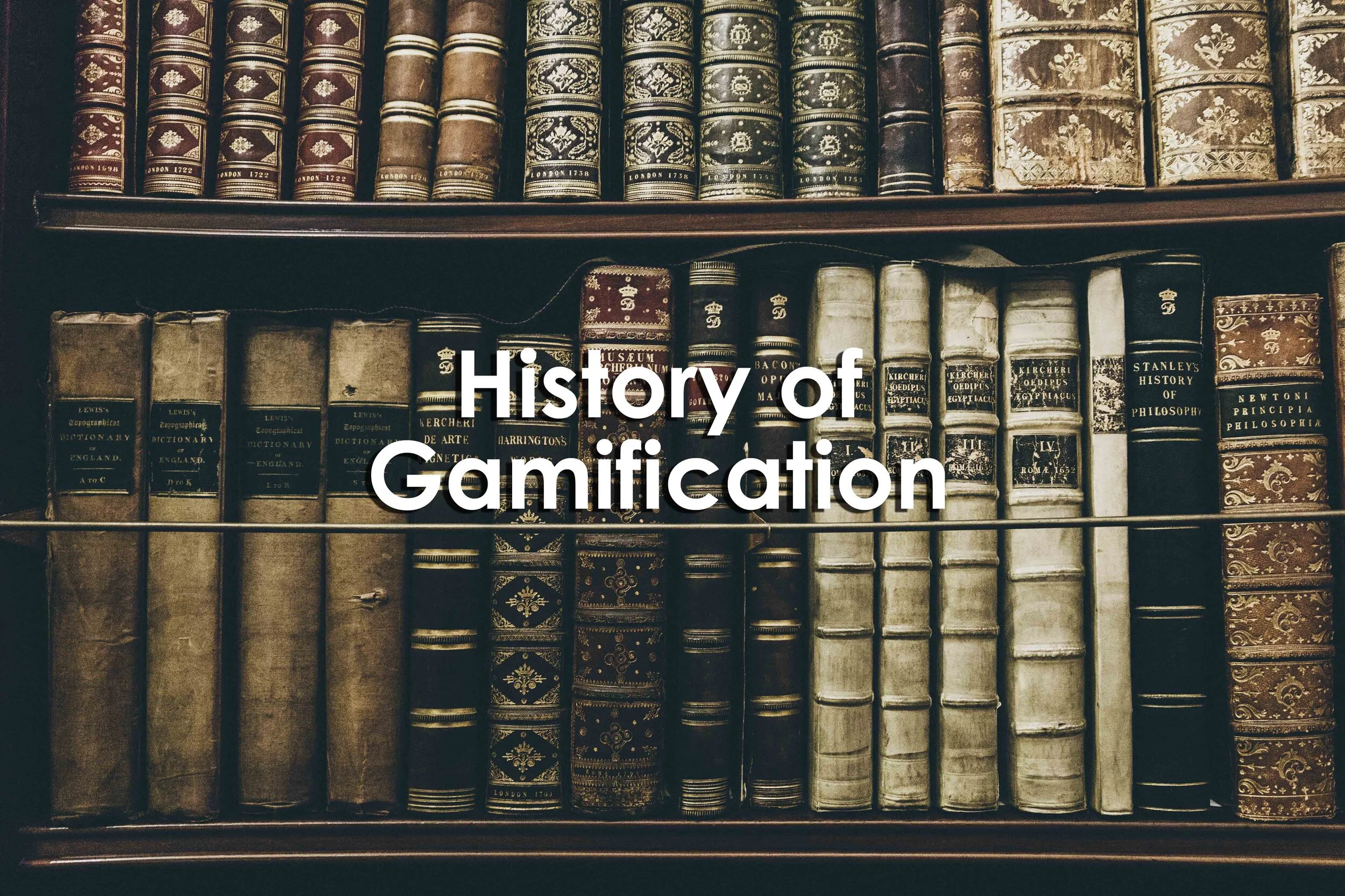History of Gamification
History of Gamification
History of Gamification
August 26, 2020
Summary
A game is a system made up of a set of rules, obstacles, and choices, in which the player needs to learn from his mistakes to be successful.
This article deals with the history of the use of games and the origins of gamification.
The evolution of games and, above all, the way of playing, changed radically with the emergence and consolidation of the video game industry from the 1980s onwards.
Like the game of Ur, Senet was a kind of race on a board in which the player who was the fastest to draw the pieces on the board won.
The games brought a new dynamic into play, which was to award users for every successful division, round or level.
With the evolution of the Internet and computers, there was a boom in creating games for PC and video consoles.
GAMIFICATION. In 2002, a British-born computer programmer and investigative writer, best known as the creator of the 1984 game Freak, coined the term gamification.
Gamification is a series of strategies used to motivate and entertain groups of people so that they feel that they "Live" in a gaming environment within a context that is not conventionally linked to play.
Turn the history class into a game where the students are the protagonists and must pass a series of phases to get points.
From education to the medical industry, game mechanics help people get the motivation they need to learn and move forward.
Reference
History of Gamification & Its Journey From 2700 BC To the 21st Century. (2020, August 26). Retrieved August 26, 2020, from https://mycred.me/blog/gamification-history/


